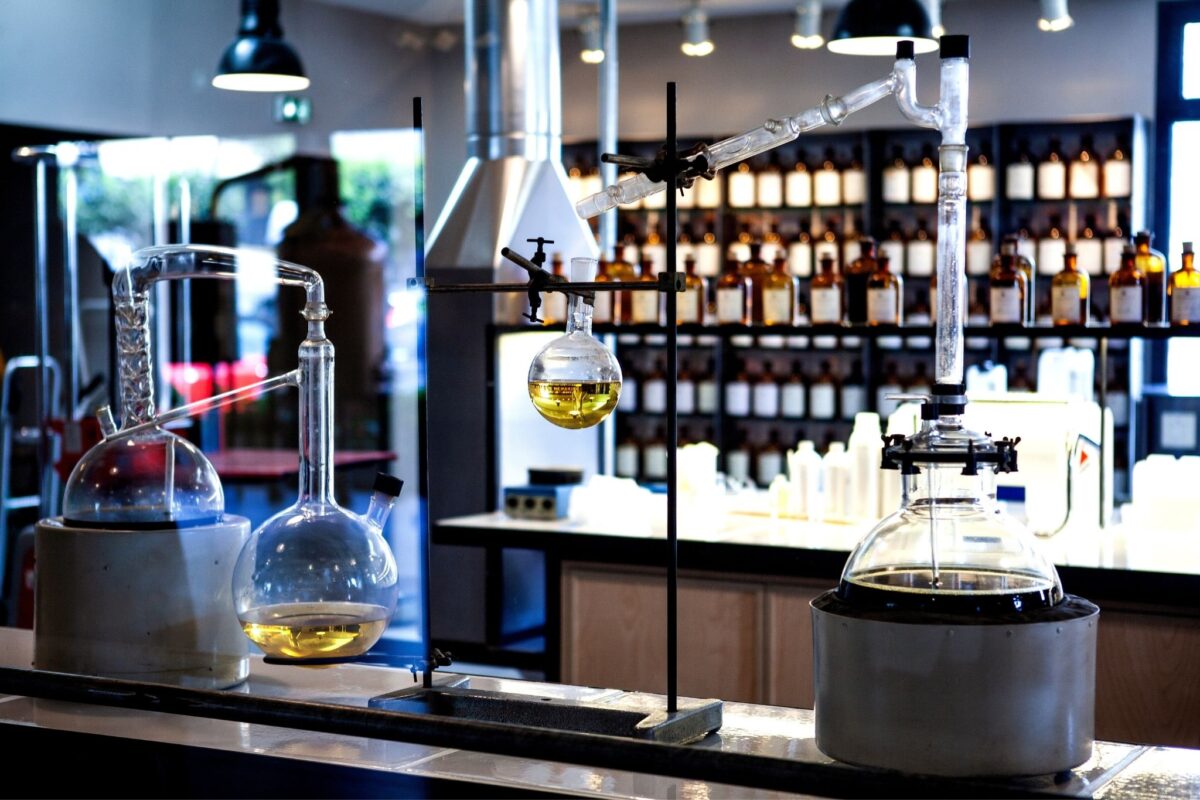How does a “dupe” perfume get made?
This is one of the most common questions I’ve been asked through the years. It’s challenging for me to answer, because there are many steps and processes that I really can’t break down on a single level. And, let’s face it — I’m not going to give away the “secret sauce” of our scents! That being said, I will attempt to explain the process behind the industry’s standard perfume duplication process.
The “Steam Distillation” process
This type of duplication process is quite complex and requires a lot of skill and experience.
The first step is to measure the ingredients that go into the original perfume. This is done by weighing them out on a scale and then combining them in a beaker. The mixture is heated until it reaches the appropriate temperature and then poured into a mold so that it can cool into its final shape.
Once this has been done, the next step is to extract the essential oils from the original perfume’s material. This can be done using different methods—the most common being steam distillation. In this case, steam will be passed through an apparatus containing both alcohol and water in order to separate these two compounds from each other. The resulting liquid will contain only alcohol (which can be used as fuel) and essential oils from whatever plant matter were used during production (which can then be used for making new perfumes).
Using GC/MS machines
GC-MS machines are used to identify the components of a mixture. They are also used to identify the components of perfume, fragrance, and other complex mixtures. GC-MS stands for Gas Chromatography/Mass Spectrometry and this is an analytical technique that can be used to characterize organic molecules and their structural isomers. A gas chromatograph separates individual components in a mixture by physically separating them based on their volatility (or boiling points) at different temperatures, while the mass spectrometer identifies each component based on its molecular weight or mass.
Using GCMS machines is a useful tool for companies that want to create new scent blends or replicate an existing one. The process involves analyzing the chemicals in perfume, identifying what each one contributes to the overall scent, and then replicating that blend with other chemicals.
The first step of the process is to gather a sample of whatever perfume you are trying to duplicate. This can be done by taking a sample directly from the bottle or by using cotton swabs to dab some on your skin and then rubbing it together with more cotton swabs.
Next, you will need to send this sample off to the GCMS machine for analysis. The GCMS machine first separates the individual components of a perfume into their own separate components by using different gases that each have different properties and react differently with substances. These components are then analyzed by the GCMS machine, which can identify them based on their mass and charge. Finally, this information is used to recreate the original perfume by matching up the component parts and recombining them in exactly the same way they were separated in the first place.
This process has many benefits over other methods of duplication, including being more precise than the other ones because it uses specific chemicals instead of relying on human judgment; being faster than other methods because it doesn’t require human intervention; being less expensive than other methods because it uses fewer resources; being more accurate than other methods because it doesn’t require human error; having less risk associated with it than other methods because there’s no chance that someone might accidentally mix up two different perfumes (which could lead to disaster).
As you can imagine, the process behind duplicating perfume is definitely not as simple as most people think. In fact, it requires a lot of hard work and effort on the part of the dupe manufacturers. However, with all of this effort put into place – even on our PRODUCTS, you should now be able to enjoy the finish product with bliss and contentment.
